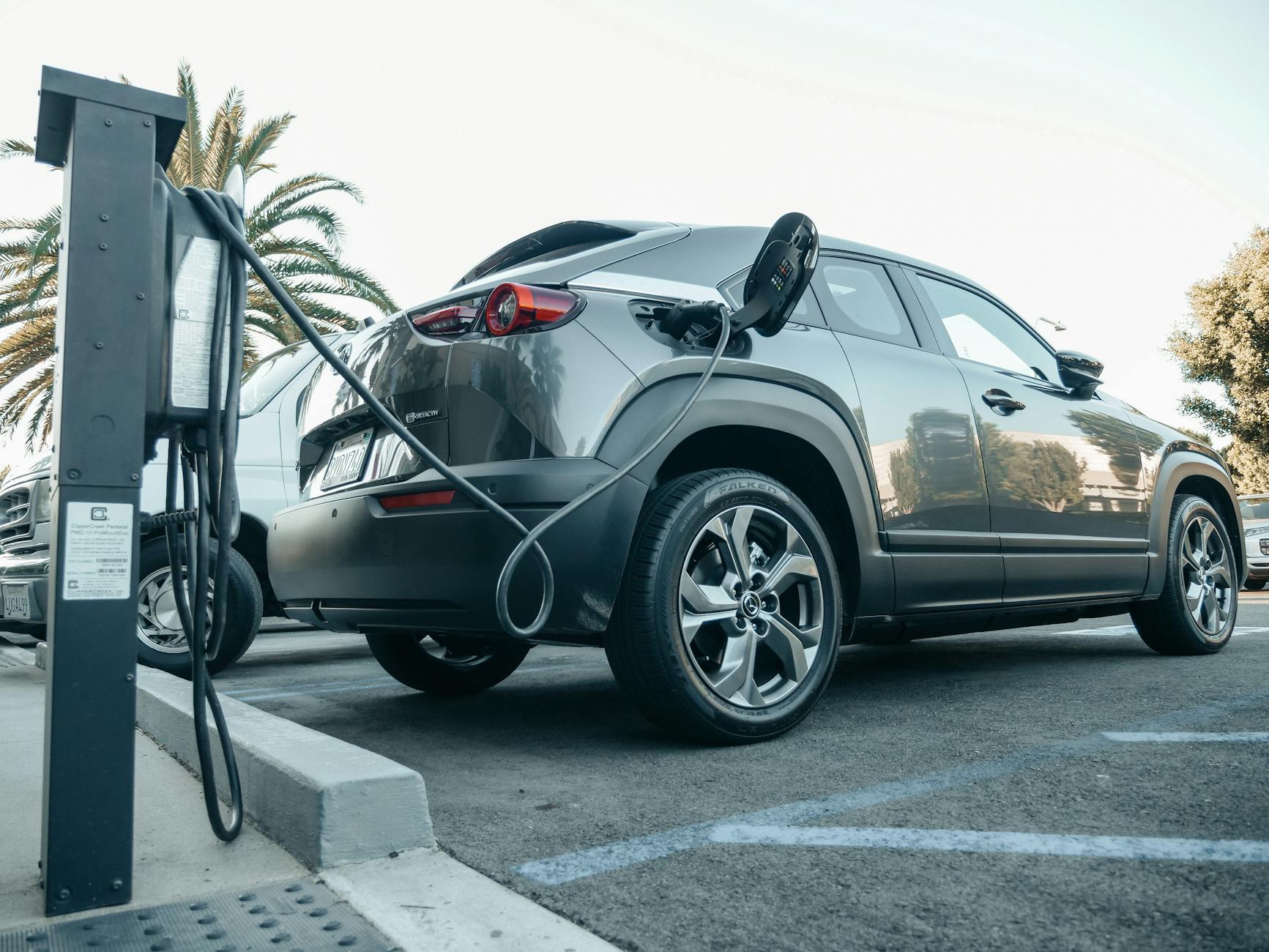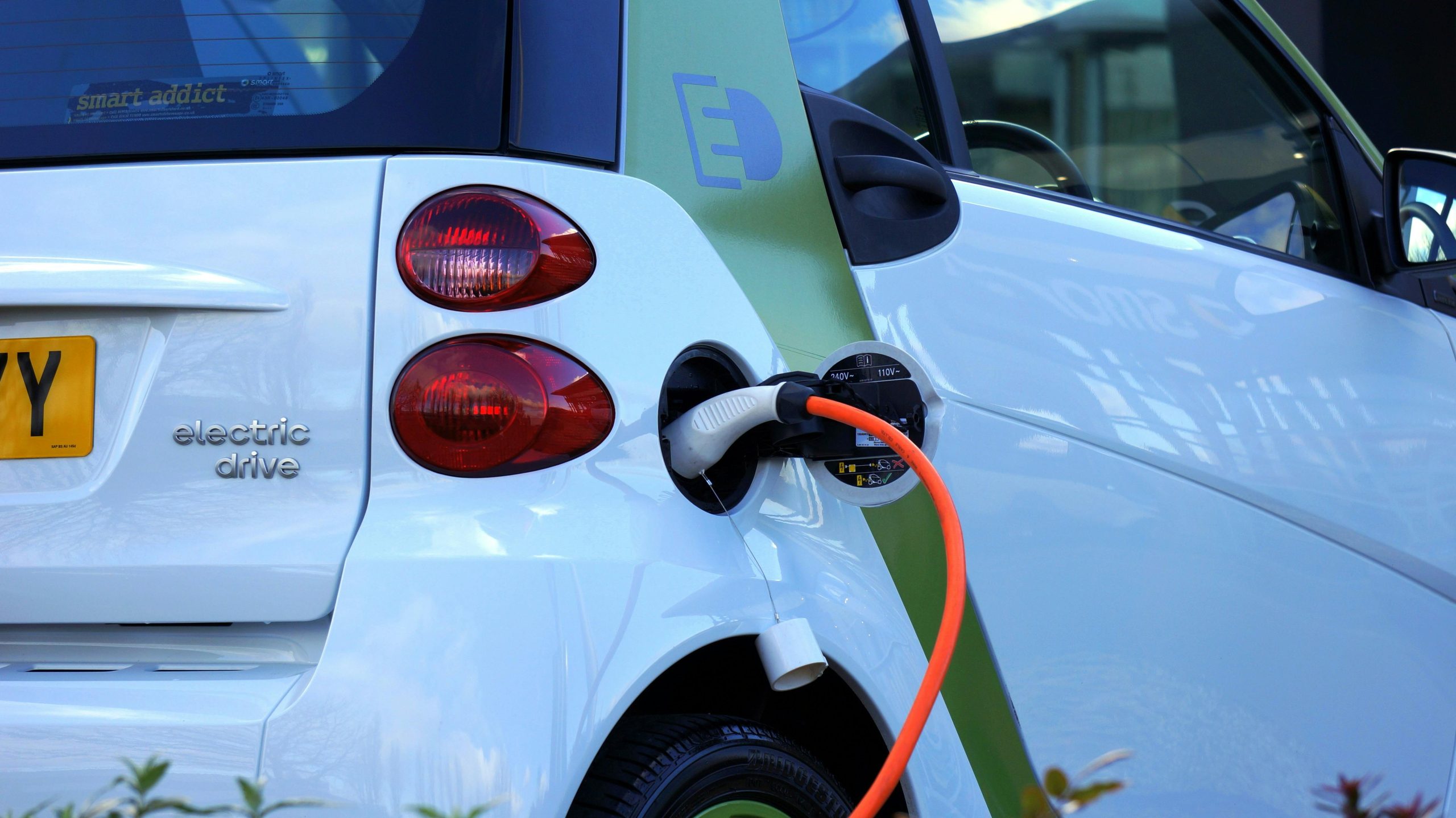Table of Contents
Introduction to the History of Amazon
Amazon is one of the most influential companies in the world, revolutionizing how we shop, read, and even watch movies. What began as a modest online bookstore in 1994 has grown into a trillion-dollar conglomerate with its hands in everything from cloud computing to entertainment. This article traces the history of Amazon, exploring its humble beginnings, key milestones, and the strategies that turned it into a global powerhouse. Whether you’re a business enthusiast, a tech geek, or just curious about how Amazon became Amazon, this deep dive will provide a comprehensive look at its journey.
The Early Days: Jeff Bezos and the Birth of Amazon
The Idea
In 1994, Jeff Bezos, a former Wall Street executive, saw the potential of the internet and decided to start an online business. After researching various products, he settled on books due to their universal appeal and the vast number of titles available. Bezos moved to Seattle, Washington, to be close to a major book distributor and founded Cadabra, Inc., which he later renamed Amazon.com after the world’s largest river.
The Launch
Amazon officially launched in July 1995, offering over one million book titles. Its user-friendly interface, customer reviews, and personalized recommendations set it apart from traditional bookstores. Within a month, Amazon had sold books to customers in all 50 U.S. states and 45 countries.
Rapid Growth and Diversification (1997–2005)
Going Public
In 1997, Amazon went public with an initial public offering (IPO) at $18 per share. The company raised 54 million, which Bezos used to expand operations and improve infrastructure. Despite skepticism from investors about its profitability, Amazon’s stock price soared as it gained market share.
Beyond Books
Amazon quickly expanded beyond books, adding music and DVDs in 1998. By 1999, the company had introduced a marketplace for third-party sellers, allowing individuals and businesses to sell products alongside Amazon. This move laid the foundation for Amazon’s dominance in e-commerce.
The Dot-Com Bubble
During the late 1990s, Amazon faced challenges during the dot-com bubble burst. Many internet companies collapsed, but Amazon survived by focusing on customer satisfaction and operational efficiency. By 2001, the company reported its first quarterly profit.
Innovation and Expansion (2006–2015)
Amazon Prime
In 2005, Amazon launched Amazon Prime, a subscription service offering free two-day shipping for an annual fee. Prime became a game-changer, fostering customer loyalty and increasing sales. Over time, Amazon added perks like streaming video, music, and exclusive deals, making Prime a cornerstone of its business model.
Kindle and Digital Transformation
In 2007, Amazon introduced the Kindle, an e-reader that revolutionized the publishing industry. The Kindle allowed users to download and read books instantly, paving the way for the digital book market. By 2010, e-book sales on Amazon surpassed hardcover sales.
Amazon Web Services (AWS)
In 2006, Amazon launched Amazon Web Services (AWS), a cloud computing platform that provided businesses with scalable and affordable IT infrastructure. AWS quickly became a major revenue driver, powering companies like Netflix, Airbnb, and Spotify.
Acquisitions and Diversification
Amazon expanded its reach through strategic acquisitions, including:
- Zappos (2009): An online shoe retailer.
- Audible (2008): A leading provider of audiobooks.
- Twitch (2014): A live-streaming platform for gamers.
The Modern Era: A Global Powerhouse (2016–Present)
Physical Retail
In 2017, Amazon made headlines with its acquisition of Whole Foods Market for $13.7 billion, marking its entry into the grocery industry. The company also launched Amazon Go, a chain of cashier-less convenience stores, showcasing its innovation in retail technology.
Entertainment Dominance
Amazon has become a major player in the entertainment industry through Amazon Studios, which produces original TV shows and movies. Hits like The Marvelous Mrs. Maisel and The Boys have earned critical acclaim, while the acquisition of MGM Studios in 2021 further solidified its position.
Global Expansion
Amazon operates in over 20 countries, with a significant presence in Europe, Asia, and North America. Its global logistics network, including fulfilment centres and delivery drones, ensures fast and reliable service to customers worldwide.
Controversies and Challenges
Amazon’s rapid growth has not been without controversy. The company has faced criticism over:
- Labour Practices: Allegations of poor working conditions in warehouses.
- Market Dominance: Concerns about monopolistic behaviour and its impact on small businesses.
- Environmental Impact: Criticism over its carbon footprint and packaging waste.
Key Strategies Behind Amazon’s Success
Customer Obsession
Amazon’s mantra of “customer obsession” has driven its success. By prioritizing customer satisfaction, the company has built a loyal customer base and a reputation for reliability.
Innovation
From the Kindle to AWS, Amazon has consistently pushed the boundaries of technology. Its willingness to experiment and take risks has kept it ahead of competitors.
Data-Driven Decisions
Amazon leverages data to optimize its operations, from inventory management to personalized recommendations. This data-driven approach has enabled it to scale efficiently and meet customer demands.
Long-Term Vision
Jeff Bezos famously emphasized the importance of long-term thinking. Amazon’s focus on growth and innovation, rather than short-term profits, has allowed it to dominate multiple industries.
The Future of Amazon
Artificial Intelligence and Automation
Amazon is investing heavily in AI and automation, from warehouse robots to Alexa-powered smart homes. These technologies will likely play a central role in its future operations.
Sustainability Initiatives
In response to criticism, Amazon has pledged to achieve net-zero carbon emissions by 2040 through initiatives like The Climate Pledge and investments in renewable energy.
Healthcare and Beyond
Amazon is expanding into healthcare with ventures like Amazon Pharmacy and Haven Healthcare, signaling its ambition to disrupt yet another industry.
Conclusion: A Legacy of Innovation and Disruption
Amazon’s journey from a small online bookstore to a global empire is a testament to the power of innovation, customer focus, and long-term vision. While its rise has not been without challenges, Amazon’s impact on commerce, technology, and culture is undeniable. As the company continues to evolve, it will undoubtedly shape the future of how we live, work, and connect.
HISTORY OF LAND EXPROPRIATION IN SOUTH AFRICA
MORE ARTICLES BELOW;
The Early Days: Birth of the Electric Car (1820s–1900)
The history of electric cars begins in the early 19th century, long before the invention of the internal combustion engine (ICE). During this period, inventors across Europe and the United States were experimenting with battery-powered vehicles.
1. The First Electric Vehicles (1820s–1830s)
- In 1828, Hungarian inventor Ányos Jedlik created a small-scale model of an electric-powered vehicle using a primitive electric motor.
- Around the same time, American inventor Thomas Davenport built a similar model, showcasing the potential of electric propulsion.
- In 1835, Professor Sibrandus Stratingh of the Netherlands designed a small electric car powered by non-rechargeable primary cells.
2. The First Practical Electric Cars (1880s–1890s)
- The development of rechargeable lead-acid batteries in 1859 by French physicist Gaston Planté paved the way for practical electric vehicles.
- In 1884, English inventor Thomas Parker, known for electrifying the London Underground, built one of the first production electric cars.
- By the 1890s, electric cars began to gain popularity in the United States. Companies like Morrison Electric and Riker Electric Motor Company produced vehicles that were quiet, easy to operate, and emission-free.
3. The Golden Age of Electric Cars (1890s–1900s)
- At the turn of the 20th century, electric cars were among the most popular vehicles on the road. Urban dwellers particularly favoured them for their simplicity and lack of noise.
- In 1897, the first electric taxis hit the streets of New York City, marking a significant milestone in the history of electric cars.
- Famous figures like Thomas Edison and Clara Ford (Henry Ford’s wife) drove electric cars, further boosting their appeal.
The Decline of Electric Cars (1910s–1970s)
Despite their early success, electric cars began to lose ground to gasoline-powered vehicles in the early 20th century. Several factors contributed to their decline.
1. The Rise of the Internal Combustion Engine
- The invention of the electric starter by Charles Kettering in 1912 eliminated the need for hand-cranking gasoline cars, making them more user-friendly.
- Henry Ford’s mass production of the Model T in 1908 made gasoline cars significantly cheaper than electric vehicles.
- The discovery of vast petroleum reserves in Texas and elsewhere made gasoline more affordable and accessible.
2. Limited Range and Infrastructure
- Early electric cars had limited range, typically around 30–50 miles per charge, which paled in comparison to gasoline cars.
- The lack of charging infrastructure further hindered their adoption, especially in rural areas.
3. The Great Depression and World Wars
- The economic hardships of the Great Depression and the resource demands of World War I and II shifted focus away from electric vehicle development.
- By the 1930s, electric cars had largely disappeared from the market, becoming a footnote in automotive history.
The Resurgence of Electric Cars (1970s–1990s)
The oil crises of the 1970s and growing environmental concerns sparked renewed interest in electric vehicles. This period marked the beginning of the modern history of electric cars.
1. The Oil Crises and Environmental Awareness
- The 1973 oil embargo and the 1979 energy crisis highlighted the dangers of dependence on fossil fuels, prompting governments and automakers to explore alternative energy sources.
- Environmental movements in the 1970s and 1980s raised awareness about air pollution and climate change, creating demand for cleaner transportation options.
2. Early Modern Electric Vehicles
- In 1976, General Motors (GM) developed the Electrovette, a prototype electric car based on the Chevrolet Chevette.
- In 1990, GM introduced the Impact, a concept car that would later evolve into the EV1, one of the first mass-produced electric cars of the modern era.
- Other automakers, including Toyota and Honda, also began experimenting with electric and hybrid vehicles during this period.
3. The GM EV1 and Its Legacy
- Launched in 1996, the GM EV1 was a groundbreaking electric car with a range of 70–100 miles. It was leased to customers in California and Arizona as part of a pilot program.
- Despite its popularity among drivers, GM discontinued the EV1 in 2003, citing high production costs and limited demand. The decision remains controversial and is often cited as a missed opportunity in the history of electric cars.
Since its establishment in 1961, the United States Agency for International Development (USAID) has been at the forefront of global development, tackling some of the world’s most pressing challenges. From fighting poverty and hunger to promoting democracy and responding to humanitarian crises, USAID’s programs have transformed millions of lives worldwide. This article explores the history, evolution, and impact of USAID, highlighting its key initiatives and enduring legacy. Whether you’re a history buff, a development enthusiast, or simply curious about global aid, this deep dive into USAID’s journey will inspire and inform.
The Birth of USAID: A Response to Global Challenges
The Cold War Context
USAID was created during the Cold War, a period marked by geopolitical tensions between the United States and the Soviet Union. President John F. Kennedy signed the Foreign Assistance Act of 1961, consolidating various aid programs under one agency. The goal was to promote economic development, strengthen alliances, and counter the spread of communism.
Early Focus: Economic Development and Food Security
In its early years, USAID focused on economic development and food security. Programs like the Green Revolution helped increase agricultural productivity in countries like India and Pakistan, preventing famine and boosting food supplies. These efforts laid the foundation for USAID’s reputation as a leader in global development.
Expanding Horizons: Key Programs and Initiatives
Health and Disease Prevention
USAID has played a critical role in improving global health. Key initiatives include:
- HIV/AIDS Relief: Through the President’s Emergency Plan for AIDS Relief (PEPFAR), USAID has provided life-saving treatment to millions and helped reduce the spread of HIV/AIDS.
- Malaria and Tuberculosis Control: Programs like the President’s Malaria Initiative (PMI) have distributed bed nets, medicines, and vaccines, saving countless lives.
- Maternal and Child Health: USAID has worked to reduce maternal and child mortality by improving access to healthcare and nutrition.
Democracy and Governance
Promoting democracy and good governance has been a cornerstone of USAID’s mission. The agency has supported free and fair elections, strengthened civil society, and fought corruption in countries around the world. Programs like the Democracy, Human Rights, and Governance (DRG) initiative have empowered citizens and promoted transparency.
Humanitarian Assistance and Disaster Relief
USAID is often among the first responders to global crises. From natural disasters like the 2010 Haiti earthquake to conflicts like the Syrian civil war, USAID provides emergency food, shelter, and medical care. The agency’s Bureau for Humanitarian Assistance (BHA) coordinates these efforts, ensuring timely and effective responses.
Education and Economic Growth
USAID has invested in education and economic development to create opportunities for millions. Programs like Education for All have improved access to quality education, while initiatives like Feed the Future have boosted agricultural productivity and reduced poverty.





4 thoughts on “The History of Amazon: From Online Bookstore to Global Empire”